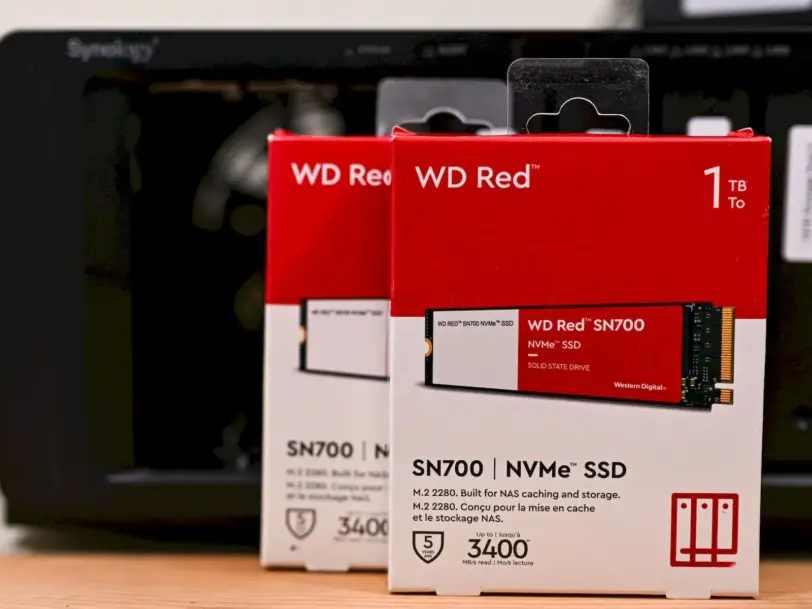How to check if there is SSD in laptop

Those who make a computer purchase want to know how to understand whether the computer has an SSD or not. Since the amount of money spent to buy a computer is not expensive, it is necessary to make sure whether the PC actually has an SSD, even if it is written on the store page that it is an SSD.
So, does the last computer you bought or the computer you received from technical service have an SSD? How do we know if the PC really has an SSD? In this guide, we share the information you need to understand whether a laptop or desktop PC has an SSD.
The importance of having an SSD in the computer
SSD is an information storage device. It is built with electronic components, unlike a HDD which has mechanical components. It is faster, quieter and resistant to shocks. Having an SSD is important because we want to have the best performing equipment to work with.
Although it seems sufficient to look at the processor and RAM memory when it comes to performance, having powerful components does not matter much if there is a bottleneck in the hard disk. Especially if the operating system, applications and files we will use are installed on the HDD, the performance of the PC is affected even worse.
If you are doing 3D modeling or playing games, the importance of SSD becomes even more prominent. In this case, good equipment performance is often required. This is why the use of SSD disks becomes mandatory. But even if you only use office tools, you will see the difference while working. So keep this in mind when looking for which computer to buy for work or education.
Methods to tell if there is an SSD in the computer
1. Check it in the Defragment and Optimize Drivers program
Type “Defragment and Optimize Drivers” in Windows search and open the program that comes up. A window like the one below will open. Here you can see all the drivers on the PC. If it says “Solid State Drive” in the media type section, these are SSDs. If it says “Hard Disk Drive”, they are HDD.
2. Check from Task Manager app
Right-click on the Windows taskbar and select “Task Manager” or type “Task Manager” into Windows search. Open the incoming program. You will see that the disks are shown as below and there is a phrase like SSD underneath.
3. If there is an SSD but it is not visible
A special case is when the SSD is present in the system but not visible on the PC. In this case, search for the program “Create and format hard disk partitions” in Windows search and enter it.
If there is a disk that is not visible on the PC, it will be seen here. Select that disk and right-click in the section below and select Format Disk to make the disk usable.
4. There is an SSD but it cannot be formatted
In this case, you need to contact the place where you purchased the device. You will need to update the BIOS for the SSD to work. They will forward you the necessary files. This process is difficult and if you cannot do it, you may need to go to technical service. If you don’t want to deal with it, you should return the PC.